A Study in 4 Parts
Note: Think of this as the continuation of the popular Agency of the Future thread I began a few months back
Part 1
Change the story. Change the game
Change the story. Change the game
It is a very simple idea
So why is it so hard to execute?
The answer is most advertising and marketing campaigns fail to identify the change in behaviour they are seeking to trigger before they begin the creative process
This is why so many award winning campaigns fail to move the revenue needle
They are created to impress rather than change behaviour
and this is why the world is awash with expensive, media rich messages that deliver the wrong behavioural outcome
So how do we change this behaviour?
What can we do to improve things?
The simple answer is you need to change how you think about the game
Let me explain
Here is a 2x2 Grid outlining what happens when you apply two basic rules to your marketing communications strategy
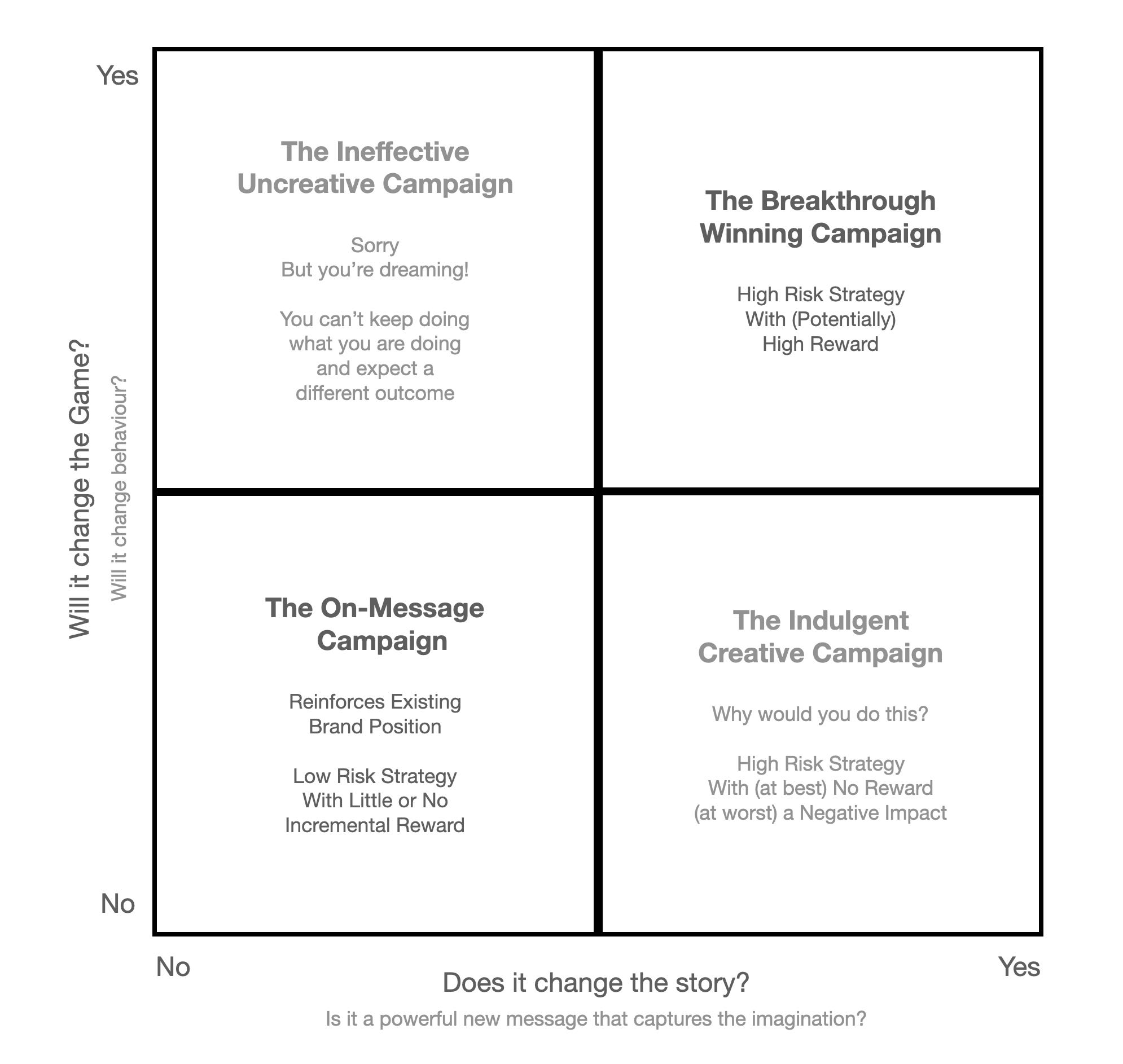
Basically you have a framework for evaluating your creative ideas
The vertical axis deals with strategy
It asks what is your objective?
It requires you to define the behavioural change you are looking for
The horizontal axis deals with creative
It asks will your message trigger this change in behaviour?
It tests your creative solution against the objective
It really is that easy...
Change the story and you change the game
But you must begin by deciding what the game is you want them to play
What do you want them to do?
Only then can you craft a message that will trigger this specific change in behaviour
Plus you will have the foundations of a creative campaign that can evolve throughout the product lifecycle
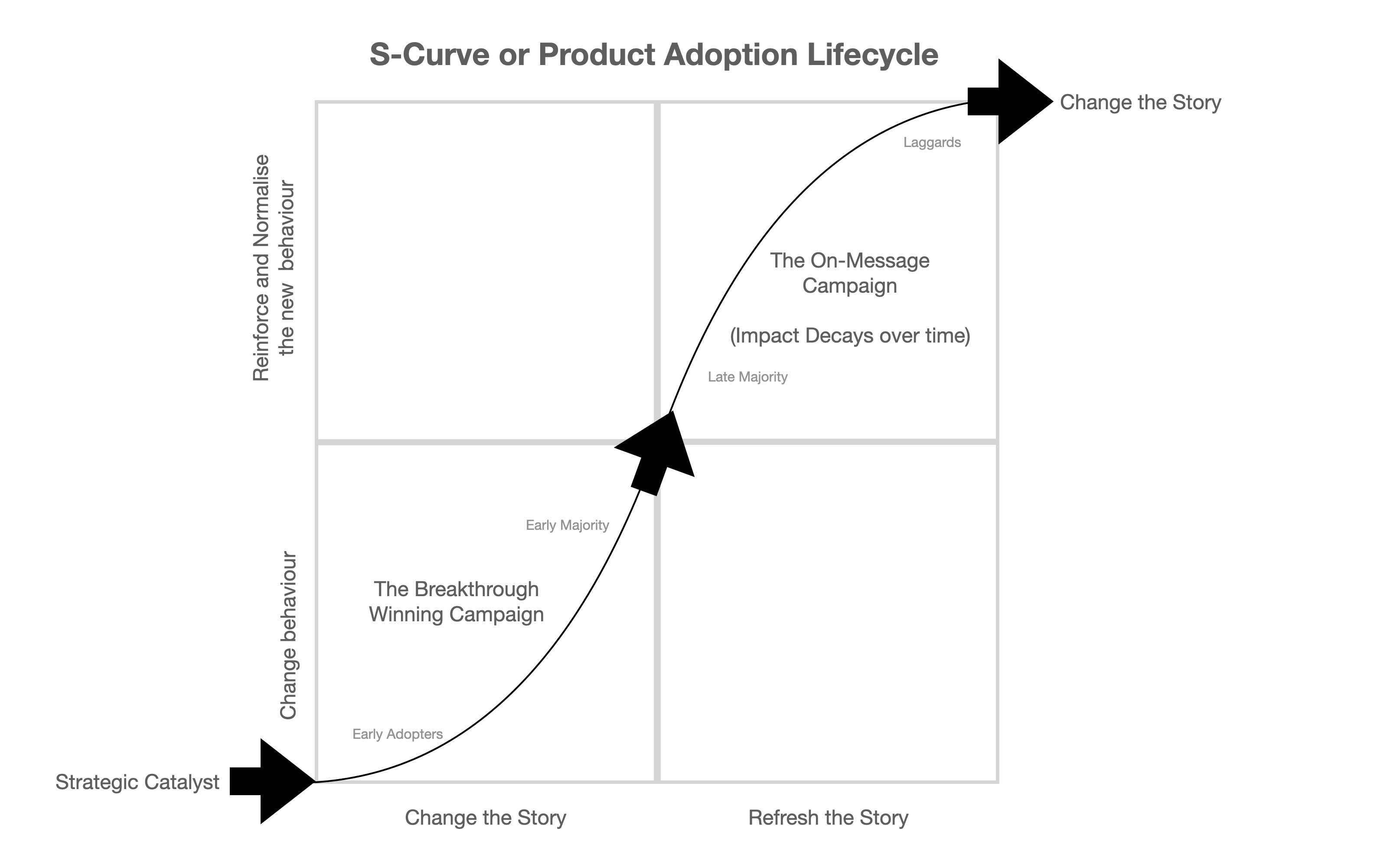
Closing thoughts?
Only the dim and witless will conclude the game is about buying more product or services
But we'll leave that discussion for another day...
At this stage let's finish up by taking a look at why Google, Facebook and the other digital platforms beat the incumbents in the transition to monetizing digital media
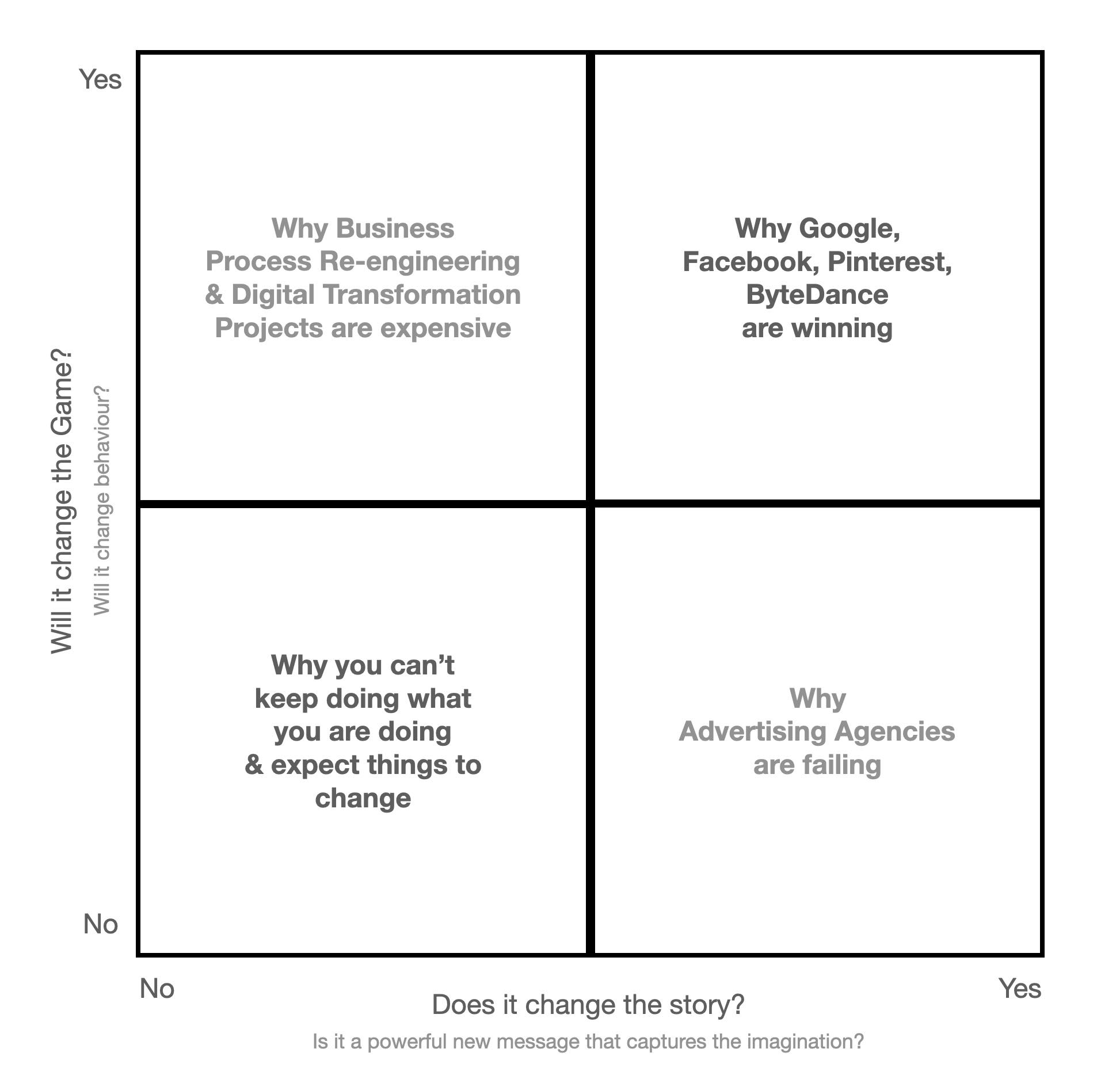
... and why changing the story and the game is so hard for incumbents to do
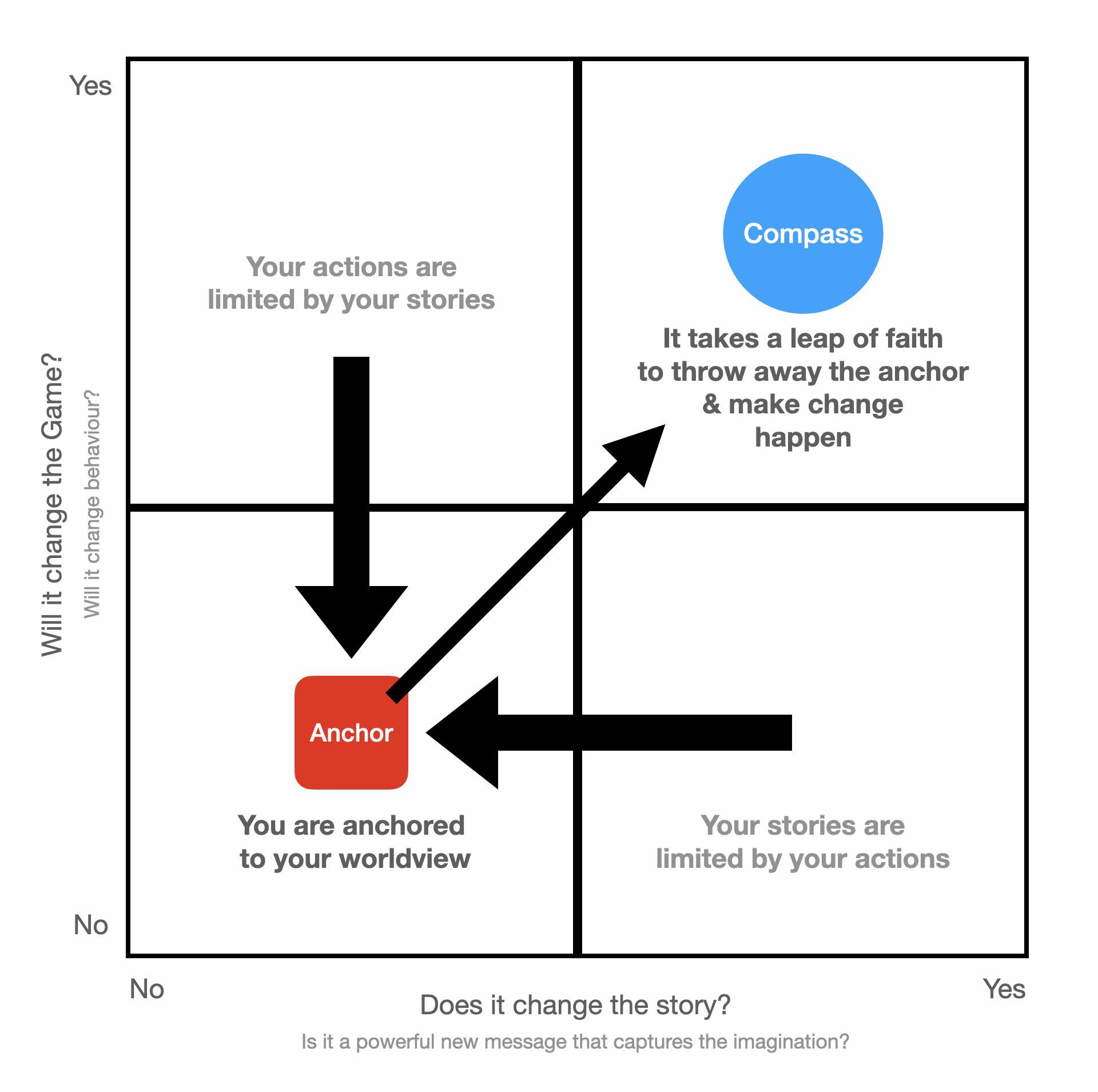
... and how the great disruptors leverage this insight to transform our expectations of what the future will be...

... and ultimately, how adopting this strategy translates into increased shareholder value...
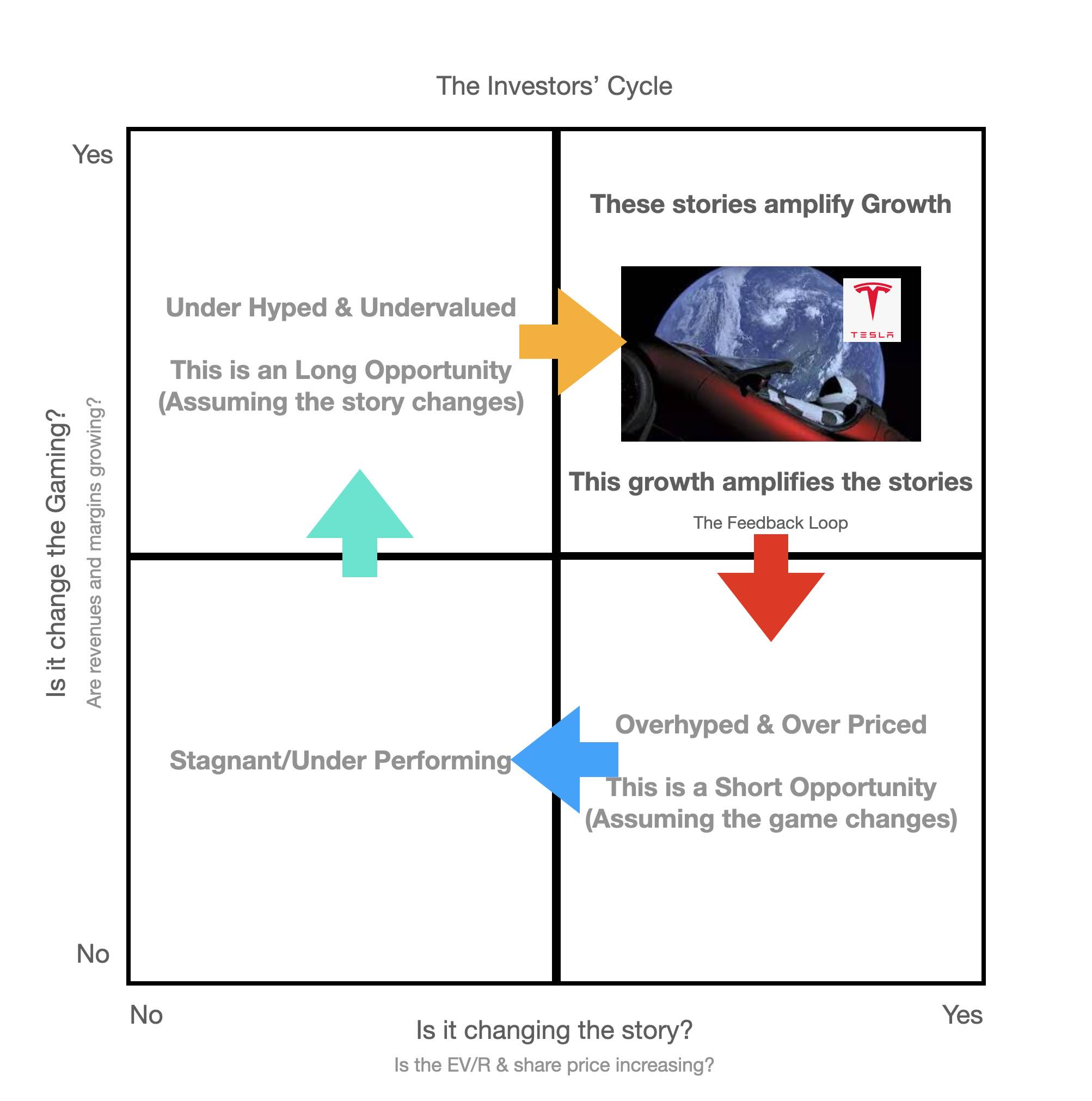
Change the story, Change the game
Think about it... because it may just change the way you think... about it
Part 2
How Apple changed the story and changed the game
Change the story. Change the game
It is a very simple idea
And over the decades nobody has employed this strategy more successfully than Apple
But before we take a look at how Apple repeatedly changed the story and changed the game we need to understand the Game:Story matrix is non-linear
Very few campaigns breakthrough and change both the story and the game
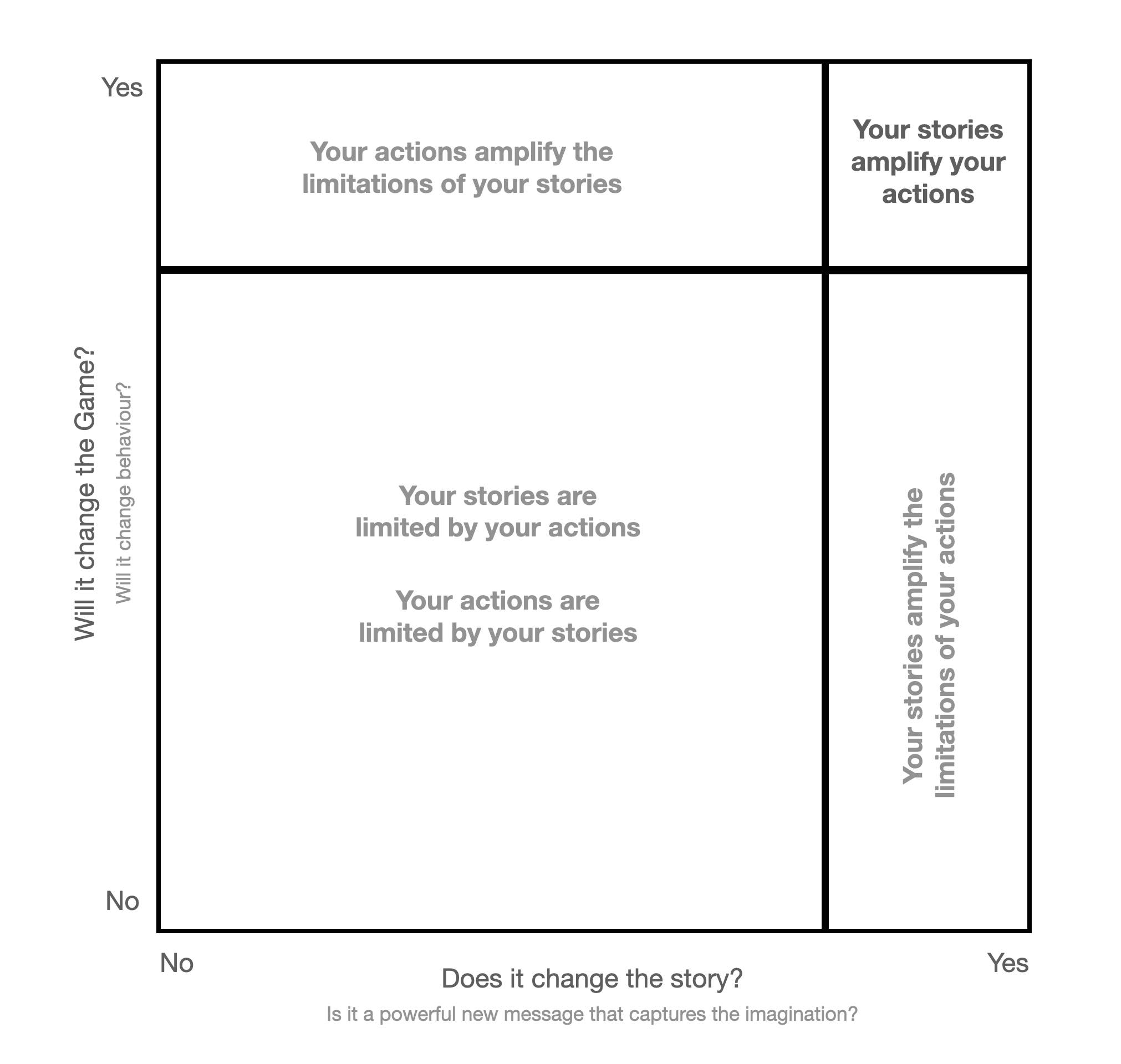
Even for Apple the overwhelming majority of their advertising isn't about changing the story to change the game
It's mostly been about reinforcing the story and reinforcing the game
This is because the breakthrough narrative appears early in the product adoption cycle

In the 5 decades Apple has been manufacturing consumer electonics it has produced just 3 advertising campaigns that have fundamentally changed the story and changed the game
The first was 1984
This was the campaign that redefined personal computing
Every subsequent campaign since that ground breaking Superbowl Ad has been about differentiating and reinforcing Apple's premium position in the personal computing market
They haven't changed the story. And they didn't change the game
The WinTel PC dominated sales volume. Apple remained a niche, premium vendor
The second was the Silhouette Series for the iPod
This was the Sony Walkman disruptor
'The 1000 songs in your pocket'
It redefined Apple as more than Personal Computer manufacturer
It ushered in the era of Wearable Apples that ultimately gave us the Apple Watch and now the Airpods
The final campaign was the Hello campaign that launched the iPhone
This was the campaign that launched the 'iPod you could call upon'... and the rest is history
Note: I have previously covered how the iPod to iPhone upgrade strategy was response to the Nokia media phone elsewhere
Now there is no shortage of Apple products and campaigns that failed to change the story and ultimately failed to change the game
The most infamous one being the Newton PDA
Apply the 'change the story game and you change the game thinking' to the Newton Commercials and it is self evident why this campaigned failed...
Was this really a story anyone would engage in?
Was it a game anybody was interested in playing?
Part 3
Why Apple didn't changed the story or the game
Now let's pivot the model on its head and take a look at why, more often than not, Apple didn't change the story. Nor did they change the game
In fact they went out of their way to repeat their story to keep their customers in the game
Today I want to talk about the what happens after the new product launch

We'll begin with the 'Think Different' campaign
Better known as the 'Here's to the crazy ones' this was the campaign that reintroduced Steve Jobs back into the Apple story
It was beginning of the long road moving forward to this... the launch of the iPhone in 2007
Now let's start this journey with a question: Just who was the 'Crazy Ones' campaign targeting?
New customers or established customers?
The simple answer is the Mac Users. The tribe
The campaign didn't moved the needle in terms of shifting WinTel users to buy Macs
You see this campaign was never designed to increase market share
This campaign was designed to hold on to the customers Apple already had
Take a closer look and you'll see the 'Think Different/Crazy Ones' Campaign wasn't a celebration of genius. It was about reinforcing the Apple users' self-image
You buy Apple therefore you are one of the crazy ones. Which means you're special... because your (addiction to) Mac makes you special
And yes, the 'Mac vs PC' campaign was the evolution of that strategy
So what's the lesson here?
These campaigns speak to the question of influence
Specifically our ideas about how popular celebrities and powerful influencers can change the behaviour of the crowd
So let's pivot the idea of influence on it's head
What if the key to unlocking Apple's success isn't the all powerful Steve Jobs 'Creator-Influencer-Genius' story but the radical idea Apple tapped into a rich vein of impressionable, young geeks. A tribe of rebels without a cause... who ended up embracing Apple and their Macs as their cause
What if it was the unrelenting passion and energy of this tribe of geeks who made Apple what it is today?
What if we assume the key to Apple's success was discovering and nurturing the aspirations and expectations of a tribe of tech enthusiasts who were easily influenced?
To explore this idea let's take a look how the Apple product line and positioning has evolved over 5 Decades
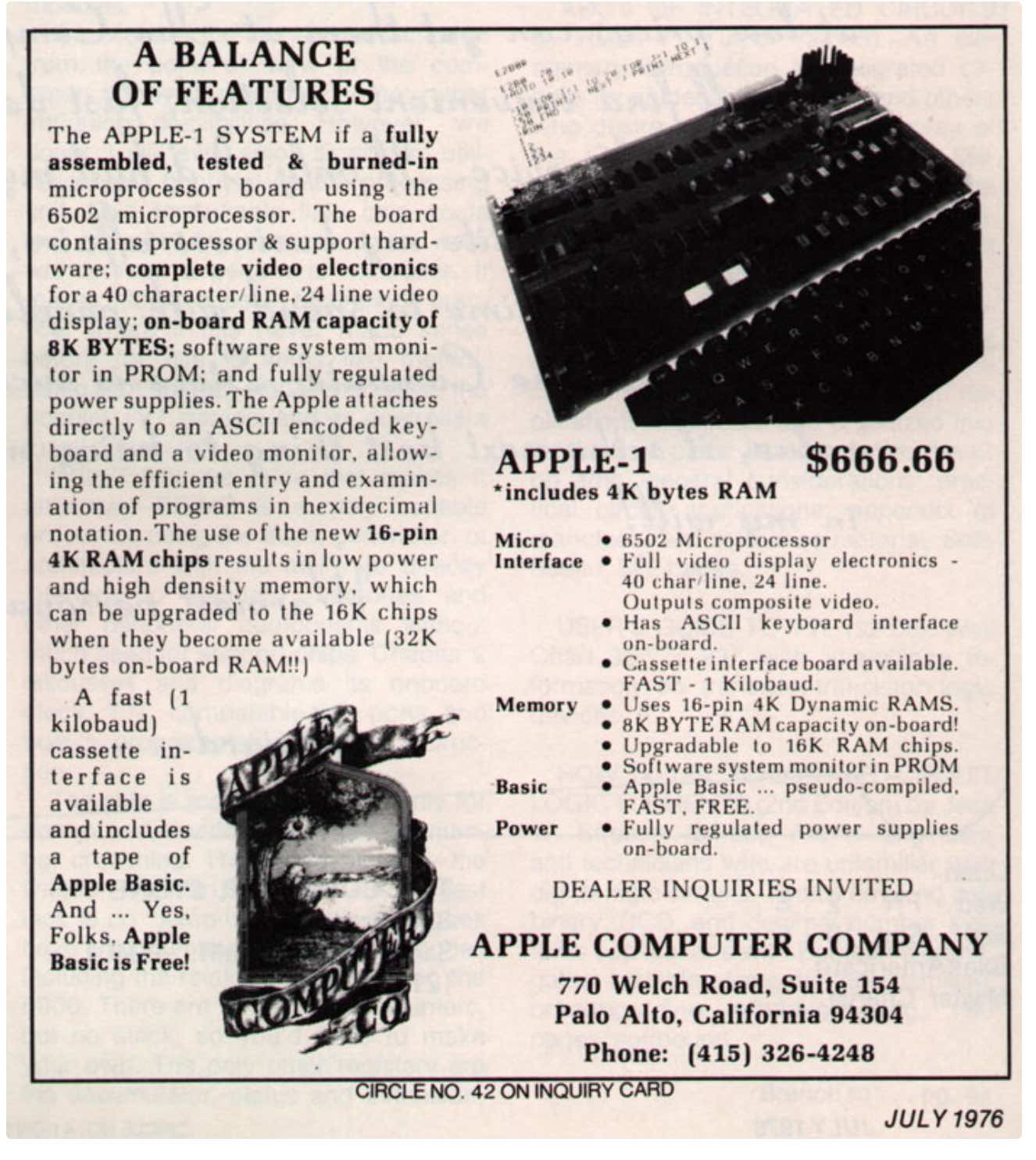
What started out as a hobbist computer (Think: Expensive Geeky Plaything) has evolved into a luxury fashion accessory (Think: Expensive Geeky Plaything)
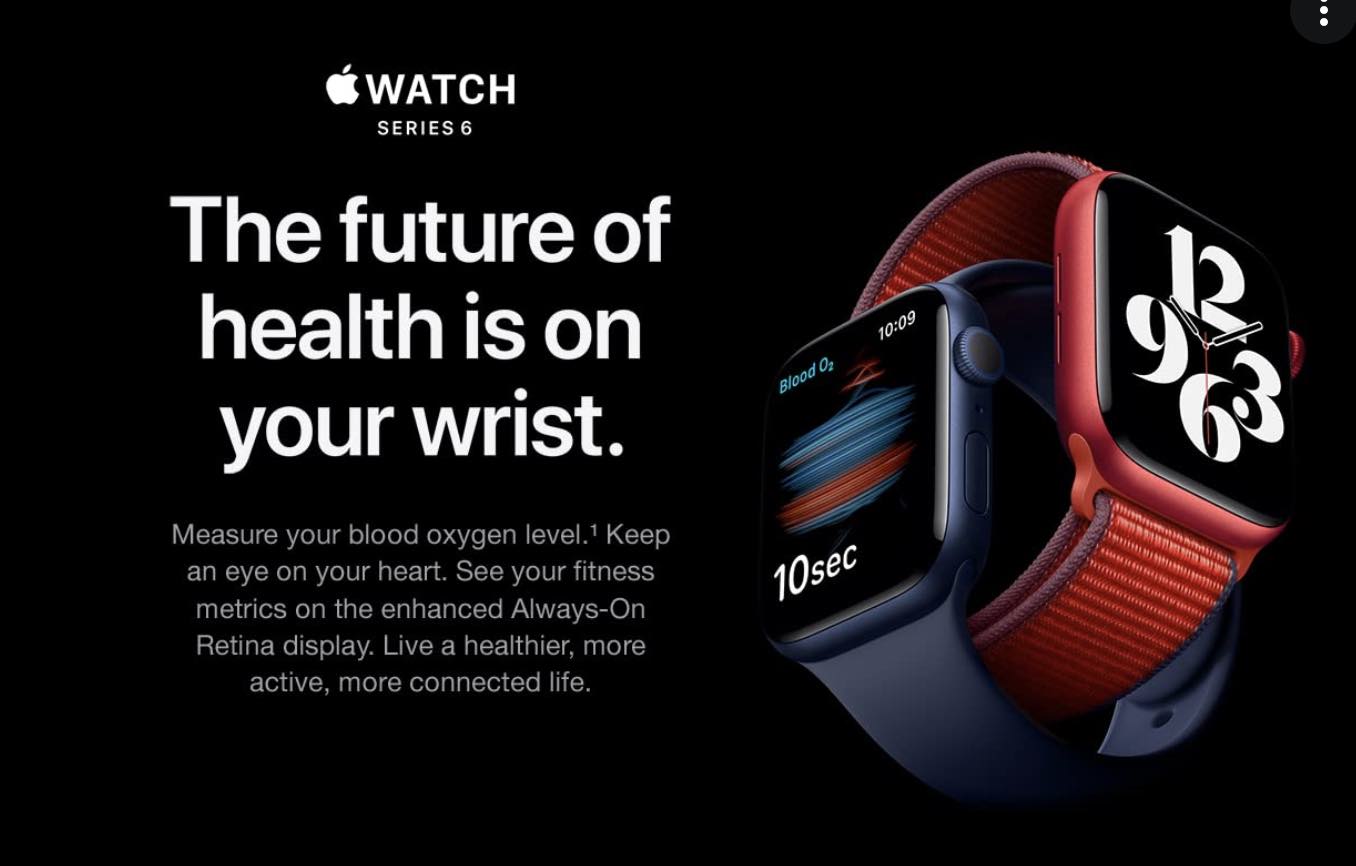
And here is the insight from this line of thinking
Games are all about the players. The stories they tell themselves and their friends shape the way they play the game
It shapes their identity and the rules that predetermine entry into their tribe
It speaks to the nature of belonging
... and there is a lesson in there for those of us seeking to change the story or the game
Because without players there is no game. And without players who will share the stories of the games they play?
Understand this and you discover the matrix needs to evolve to accomodate the role of the players in the mix
It becomes this...
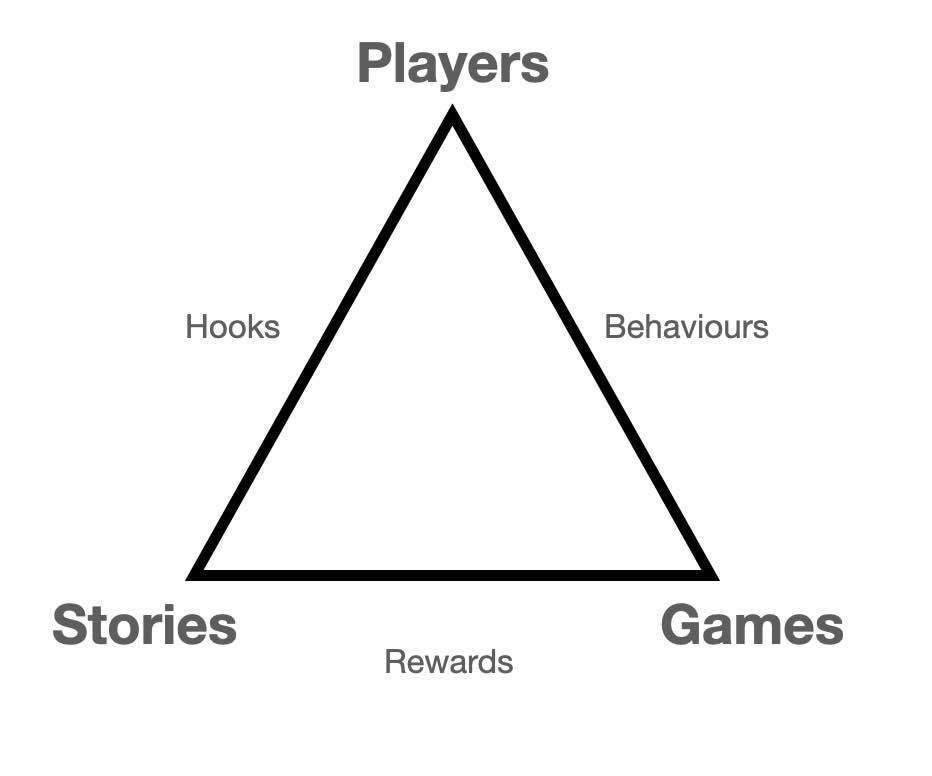
Or, more accurately, this...
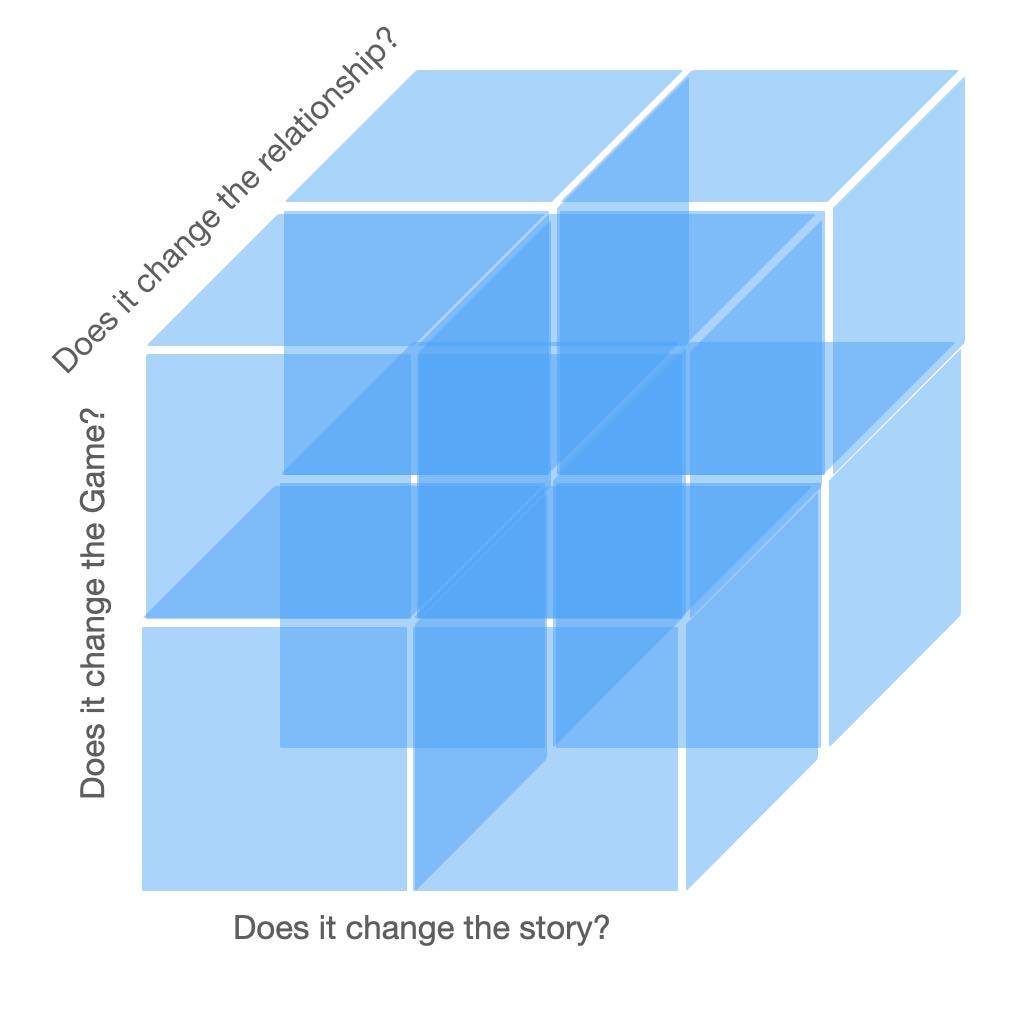
Part 4
Defining the New Moats
Let's see what happens when we add the players... or more accurately the customers into the mix
If we break out the cube into it's constituent matricies we discover the original Change the story, change the game matrix

... a new change the story, change the relationship matrix
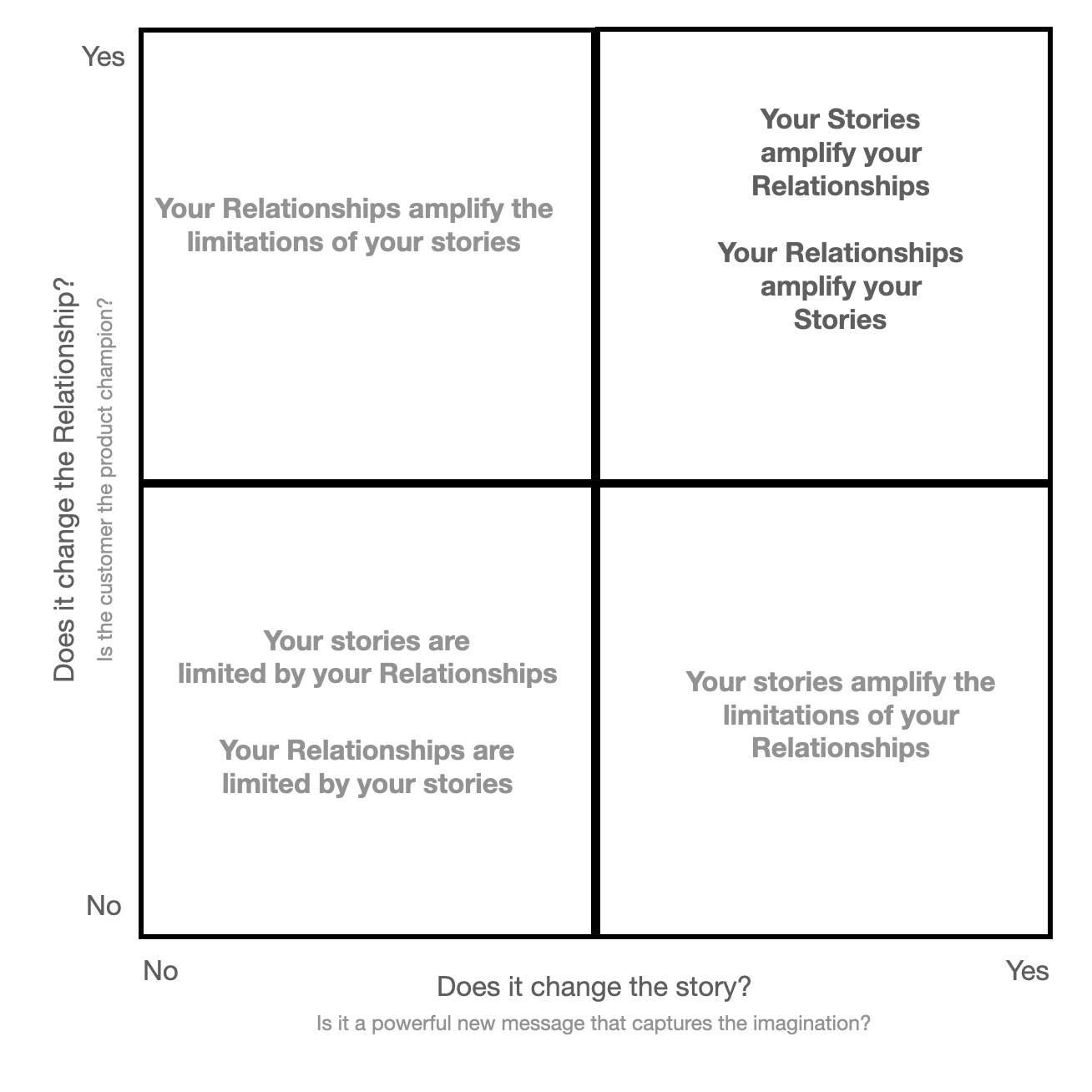
... and finally a change the game, change the relationship matrix
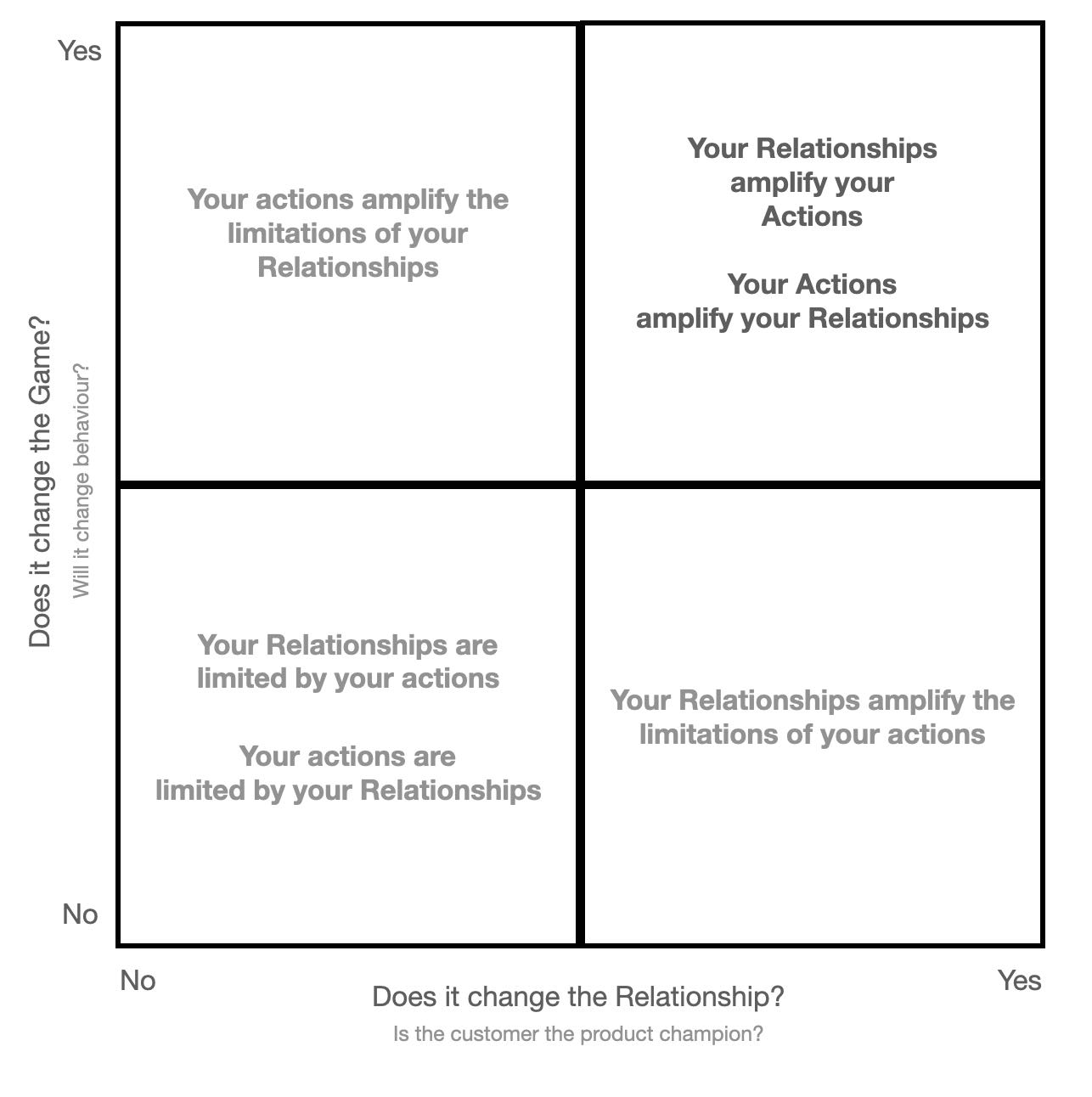
The key here is to understand these models operate both ways
It isn't just a case of change the story and you change the game for the players
You can enter the cube from any point
Take for example Apple's App Store
The assumption would be that it was Apple who change the game and the story for the players by introducing the App Store
But in reality it was the players who hacked (Think: Jail-Breaked) the iPhone.
Ultimately forcing Apple to open up its walled garden to the 3rd party developers who revolutionised the mobile experience
Steve Job's original vision for the iPhone was a closed ecosystem. Not the vibrant open marketplace for mobile experiences it is today
So it was the players, and not Apple, who changed the game and, ultimately, the story of the iPhone (See How the iPhone and the App Store have changed the Mobile Convergence Value Chain)
Moving on we can link these matricies to broader established concepts
The first being how Change the Story, Change the Game points to Product Market Fit = Growth Hacking + Gamification (See More)
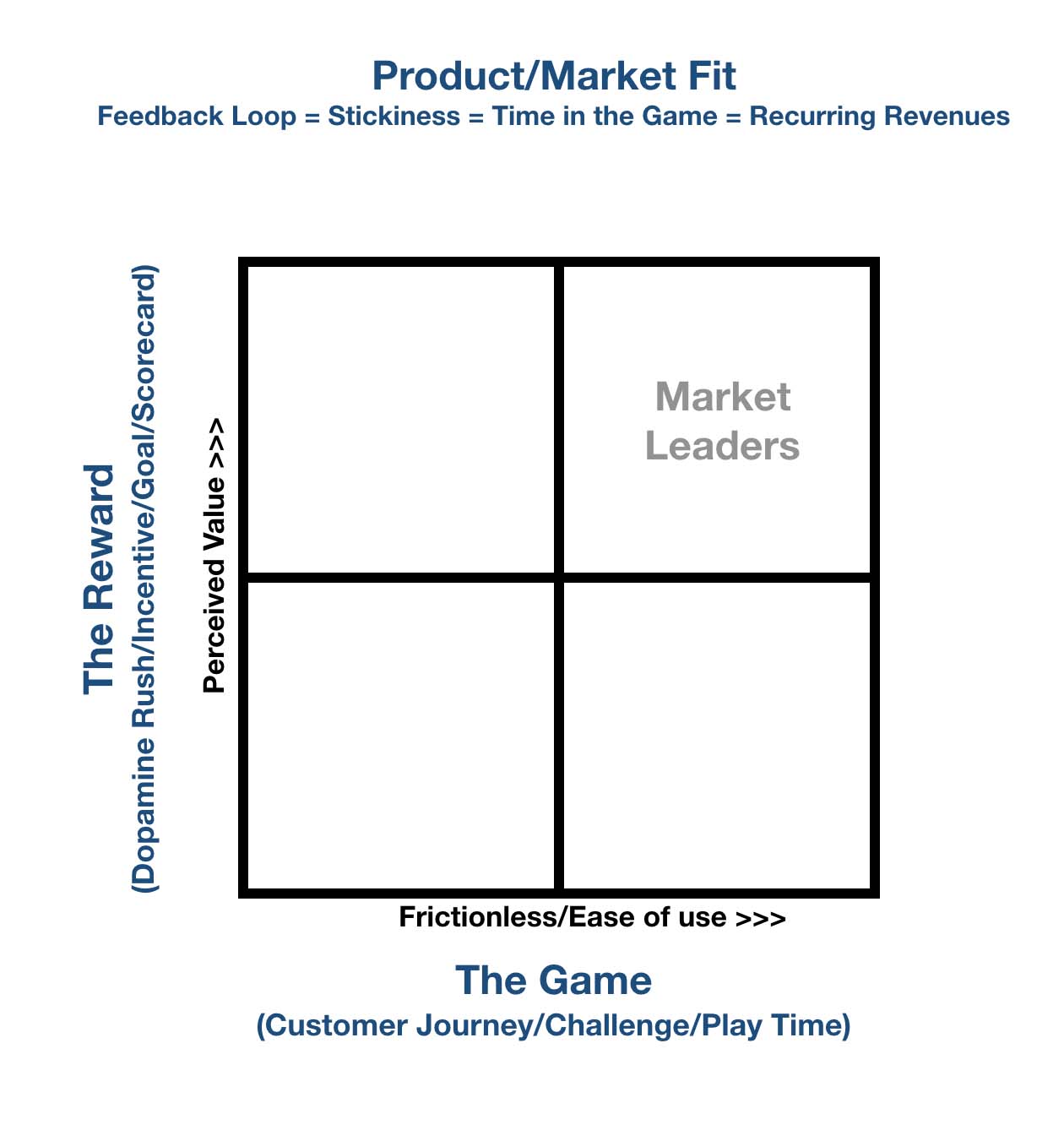
and how Changing the Relationship, Change the Game points to the Marketplace Aribitrage Model (See More)

.. and how the Change the story, Change the relationship is essentially about reshaping Trust... or more accurately establishing the framework for negotiating terms and conditions that permit the arbitrage on trust
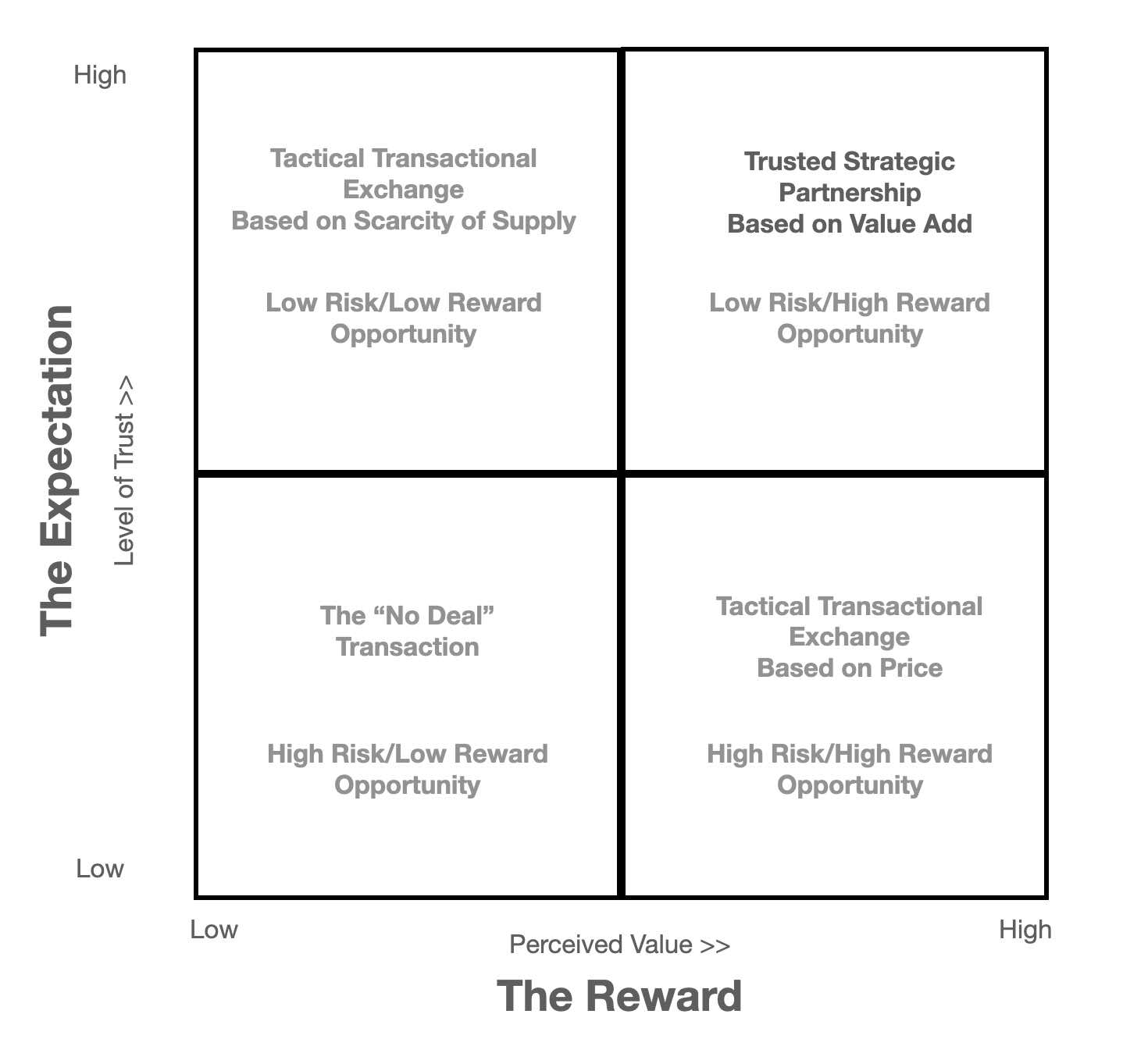
But the key to stitching this quilt together into a single strategic framework is to think of it as the moat that protects the business from disruption
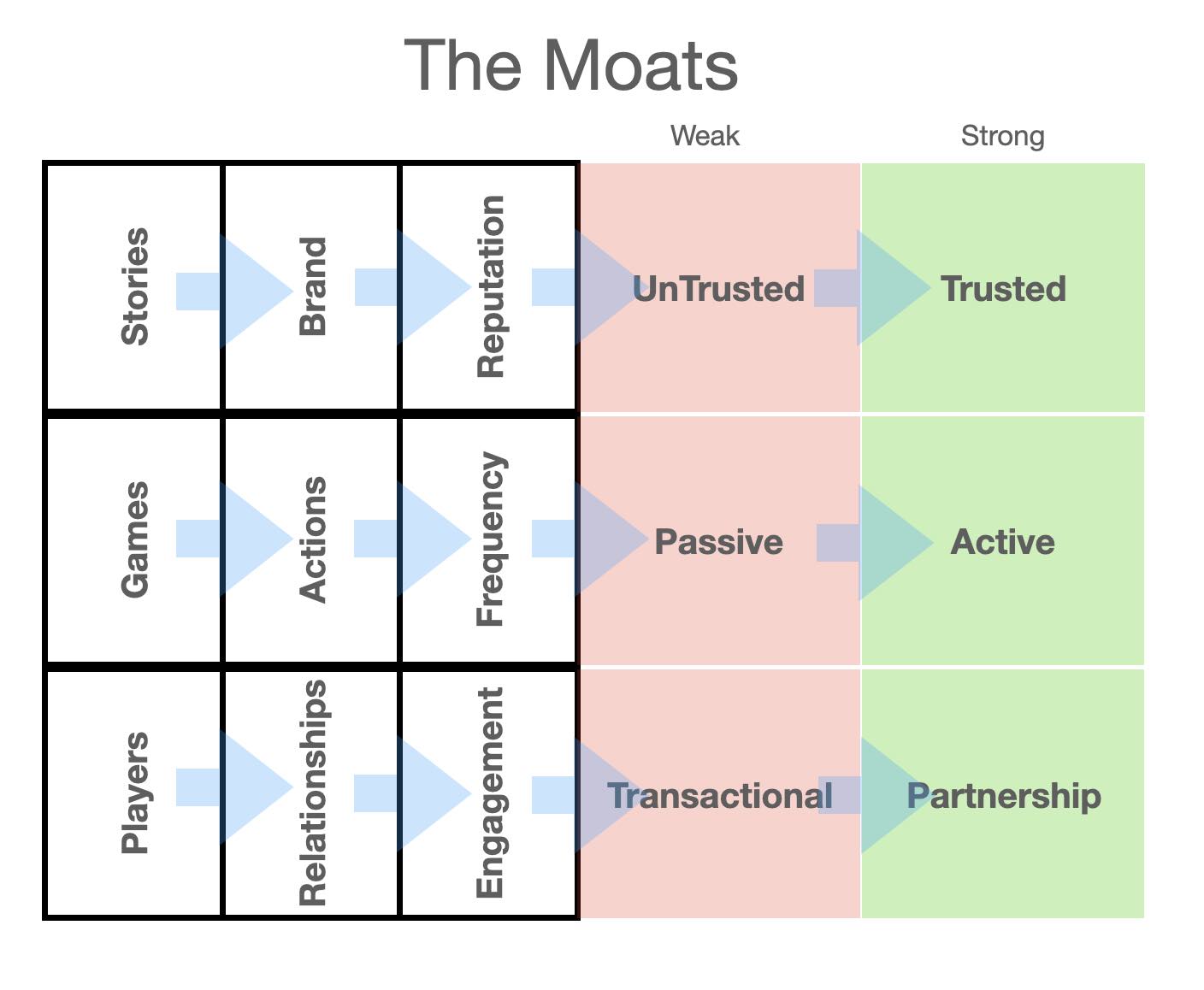
Because as you work your way through the 3x2 SPG Weak vs Strong matrix it quickly becomes apparent what strategy is optimal, what is sub-optimal and what is downright dysfunctional
and if we think about engagement in terms of customer intimacy we discover the Stories, Games and Players model points us back to Treacy and Weirsema's Value Drivers (See Here)
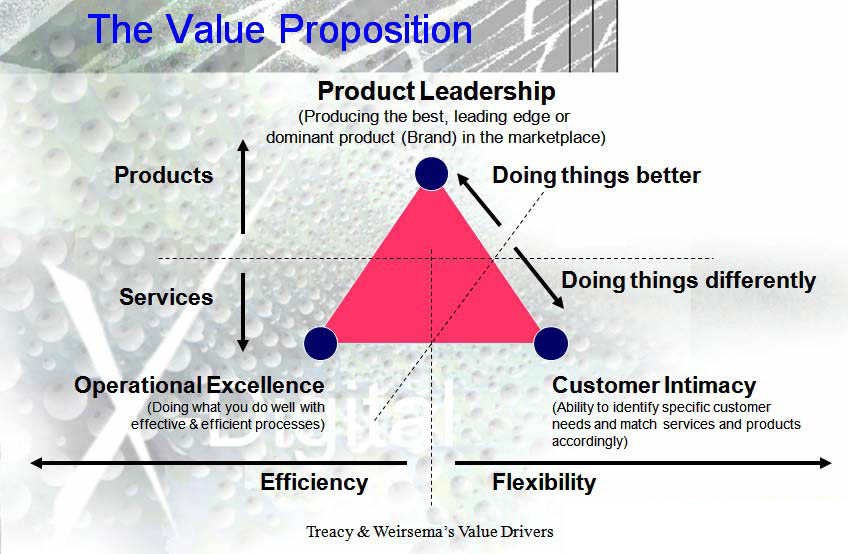
Which allows us to see how Apple's iLife strategy evolved to embrace and excel across each of the 3 value drivers
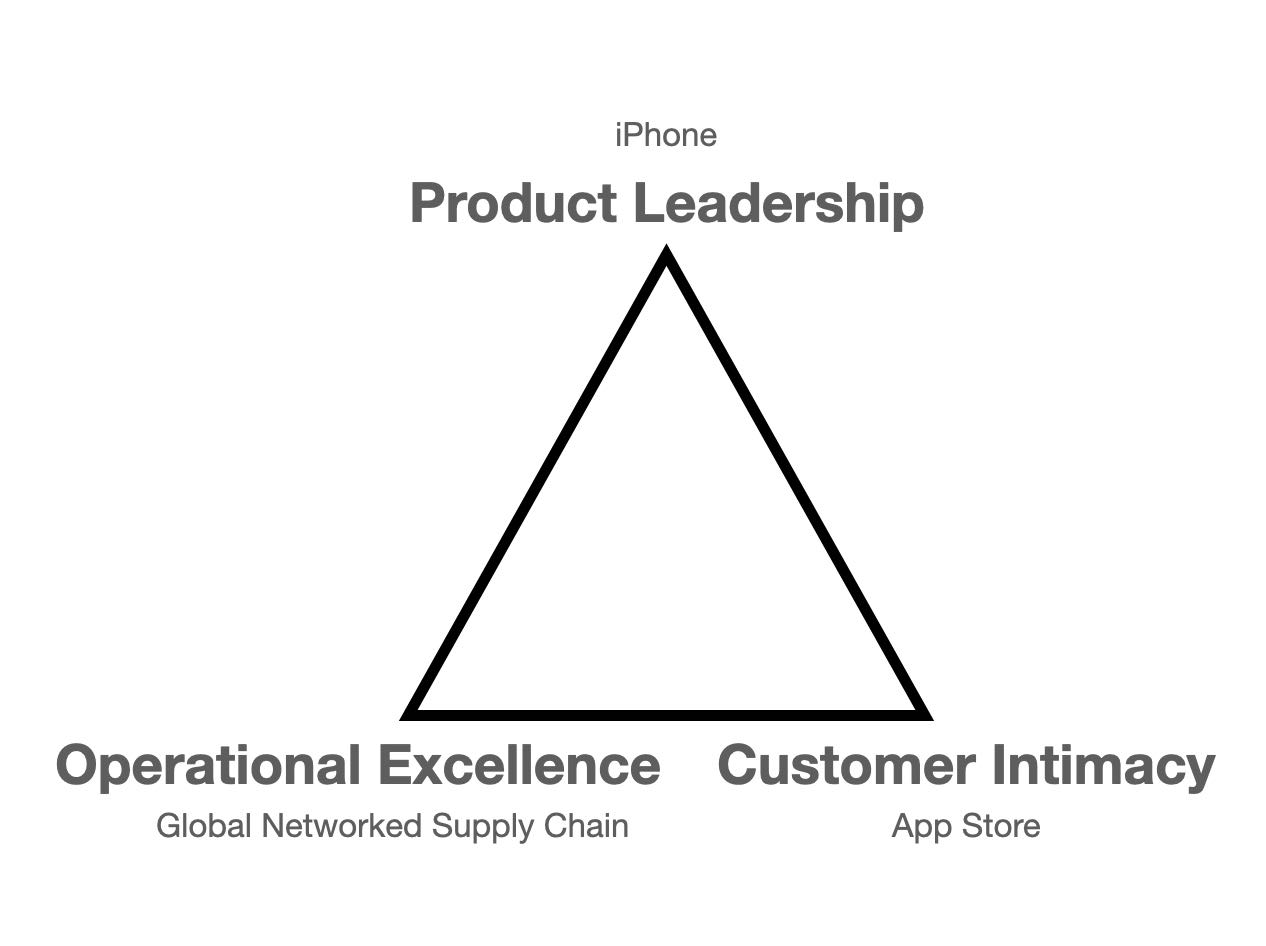
... and this in turn leads us back to the core idea within the Agency of the Future thread of how management consulting and digital marketplaces have fundamentally disrupted the advertising industry
The key difference between advertising and management consulting is this:
With advertising the solution to every problem is telling a story (i.e. making an advertisement).
Meanwhile the management consultant can call upon a variety of solutions to change patterns of behaviour inside and outside the organisation (e.g. Changing Metrics, Processes, Technology, People etc).
The management consultant’s plan of attack is not limited by just having to tell a story.
When it comes to manufacturing the social proof, advertising may have the best product, but management consultants benefit from a deeper, more intimate relationship with the client.
Their market discipline is Customer Intimacy.
Meanwhile advertising continues to focus and compete on Product Leadership.
For advertising to compete with management consultants they must change their way of doing business. They must evolve beyond simply thinking storytelling is the answer to every client problem and widen their product offering to embrace new forms of social engineering.
Particularly now that the most creative act in advertising is manufacturing the audience, not the message.
To borrow a phrase from the lexicon of the management consultant: Advertising’s strength is ultimately its weakness.
Today the industry is in urgent need of a new manifesto for doing.
A new call to action.
It needs to radically rethink its pre-conditioned response to every client problem.
It needs to be open to new ways of solving the client's problem.
And this is why there is no quick fix to the problem. No easy solution. No game changing story to tell the world.
For advertising to compete with all the growing number of real and imagined disruptors operating in their space today, it must evolve from being mere storytellers into the next generation of social behavioural engineers.
Something I suspect the vast majority of industry players didn’t signed up for when they made their decision to join the profession.
Put very simply, if advertising is to continue to be a force in the business of changing the game, it must begin by changing its own game.
Further Reading:
Hooks, Responses and Rewards
Agency of the Future
I do it because they do it
* is the future of everything
What's your addiction?